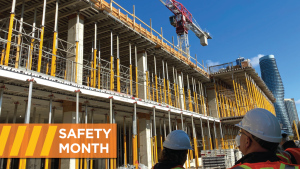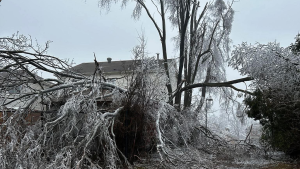TORONTO – The Canadian Standards Association (CSA) has published the first edition of CSA Z800, a new guideline on basement flood protection and risk reduction.
The guideline was prepared to assist stakeholders in the mitigation of basement flood risk for new and existing National Building Code of Canada (NBCC) Part 9 residential buildings, the CSA website announced. The document was published Aug. 2.
Development of the guideline was “motivated both by current basement flood risk and by the potential for increased risk in many regions of Canada under changing climate conditions,” said the CSA.
The seed document for the guideline was developed by the Institute for Catastrophic Loss Reduction (ICLR).
The CSA said it is expected the guideline will continue to evolve to reflect new technologies and information, and changing practices associated with NBCC Part 9 building construction, urban drainage and infrastructure management.
Contributors were Norton Engineering, the ICLR and the Intact Centre for Climate Change Adaptation. The statement said the guideline has been developed in compliance with Standards Council of Canada requirements for National Standards of Canada. It has been published as a National Standard of Canada by CSA Group.
The guideline covers measures to reduce the risks of basement flooding and to mitigate the adverse effects on property, public safety and public health in case of a flood event. It covers existing, new, rebuilt and renovated houses in rural and urban settings.
The statement said the guideline is relevant for all types of ground-related houses, with or without basements, that are considered Part 9 buildings according to the NBCC including detached houses, semi-detached houses and row houses.
The CSA said recommendations in the guideline are generally appropriate for houses serviced by gravity-based storm, sanitary, combined or third-pipe systems.
The types of flood hazards addressed by the measures described in the guideline are overland flooding associated with precipitation events and resulting in the accumulation/ponding of rainwater or snow melt in and around ground-related houses; storm and sanitary sewer backwater (surcharge); infiltration flooding (groundwater seepage); plumbing and drainage failures, including failure of sump systems and sewer lateral failure; and flooding associated with improper installation of basement flood risk-reduction technologies.
The statement noted provisions in the guideline are subject to existing codes and standards that are applicable in relevant jurisdictions.








Recent Comments
comments for this post are closed